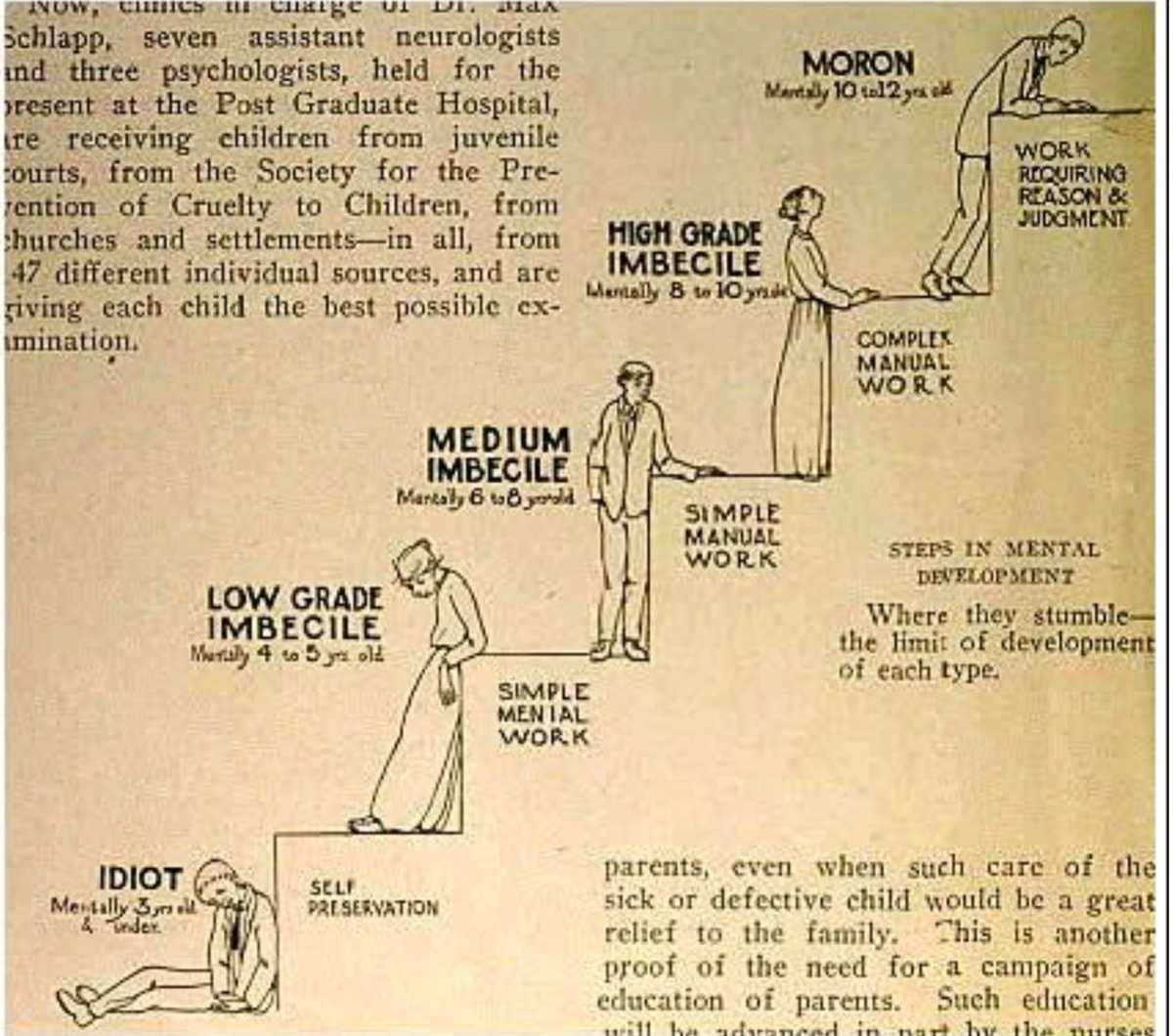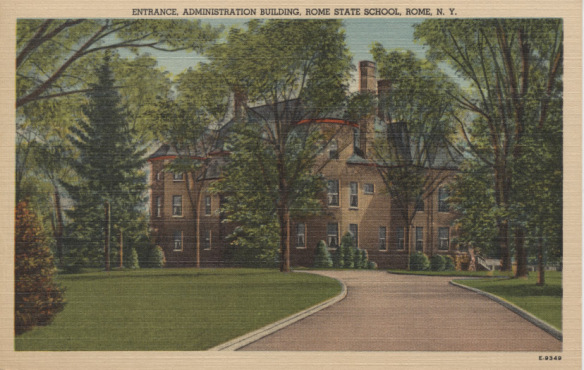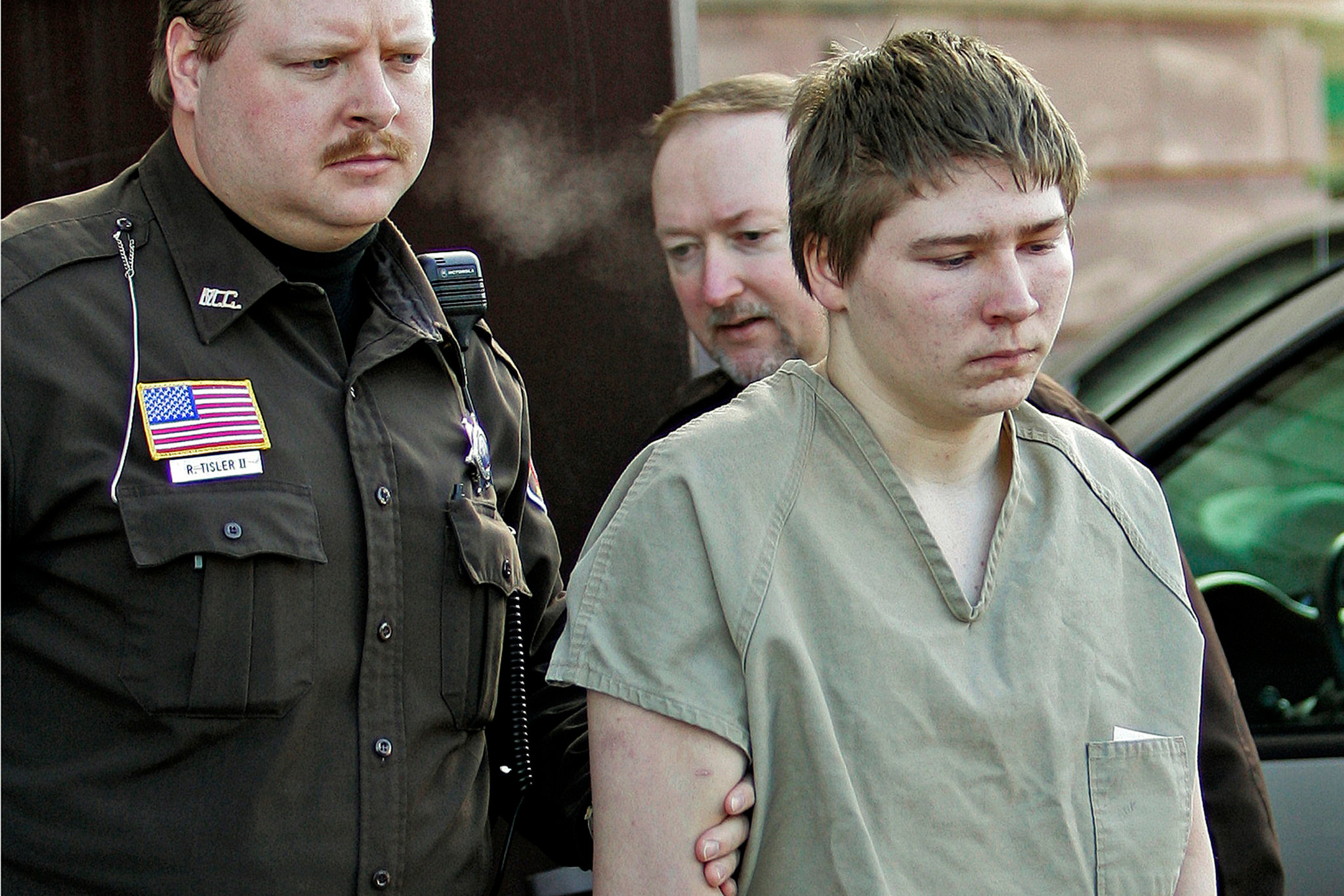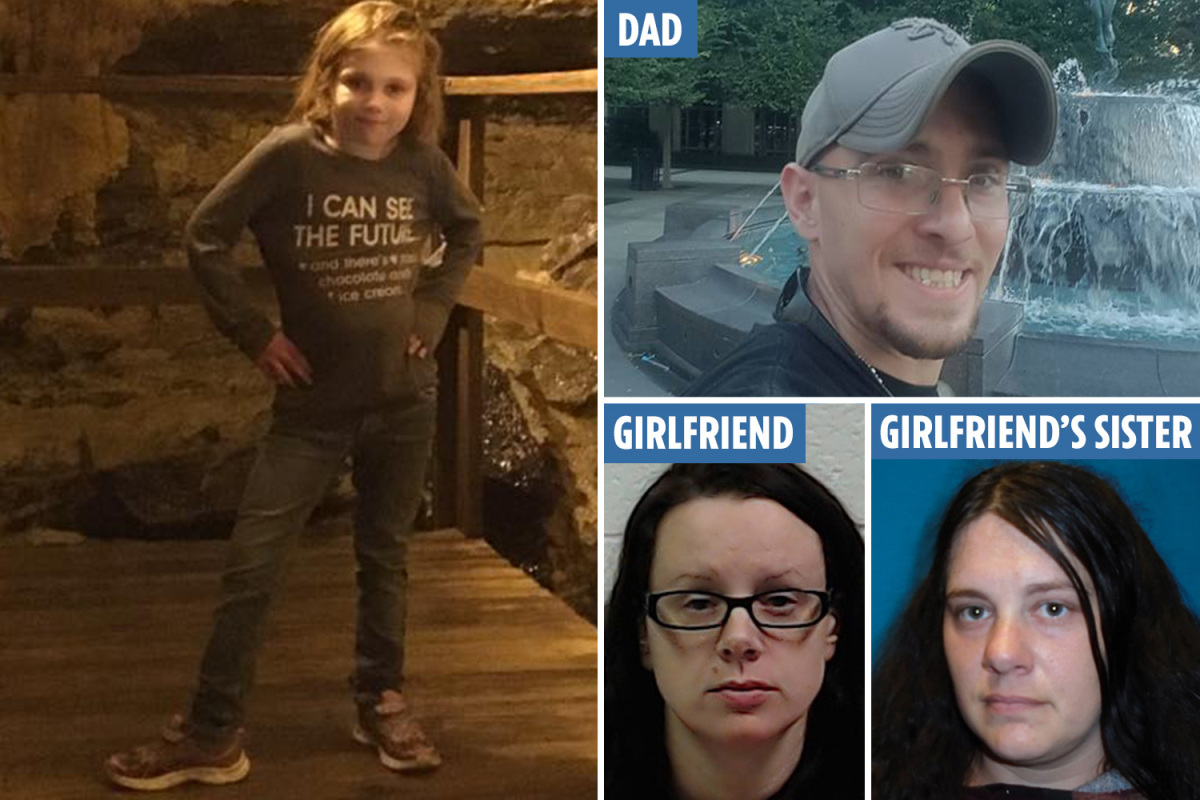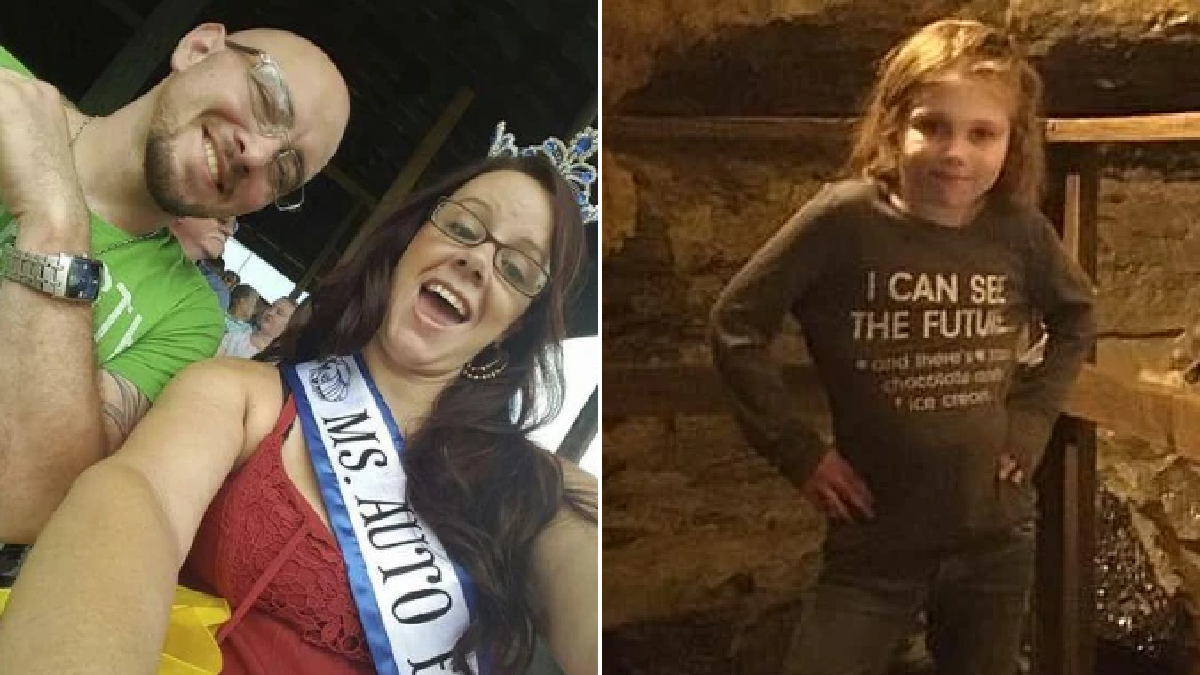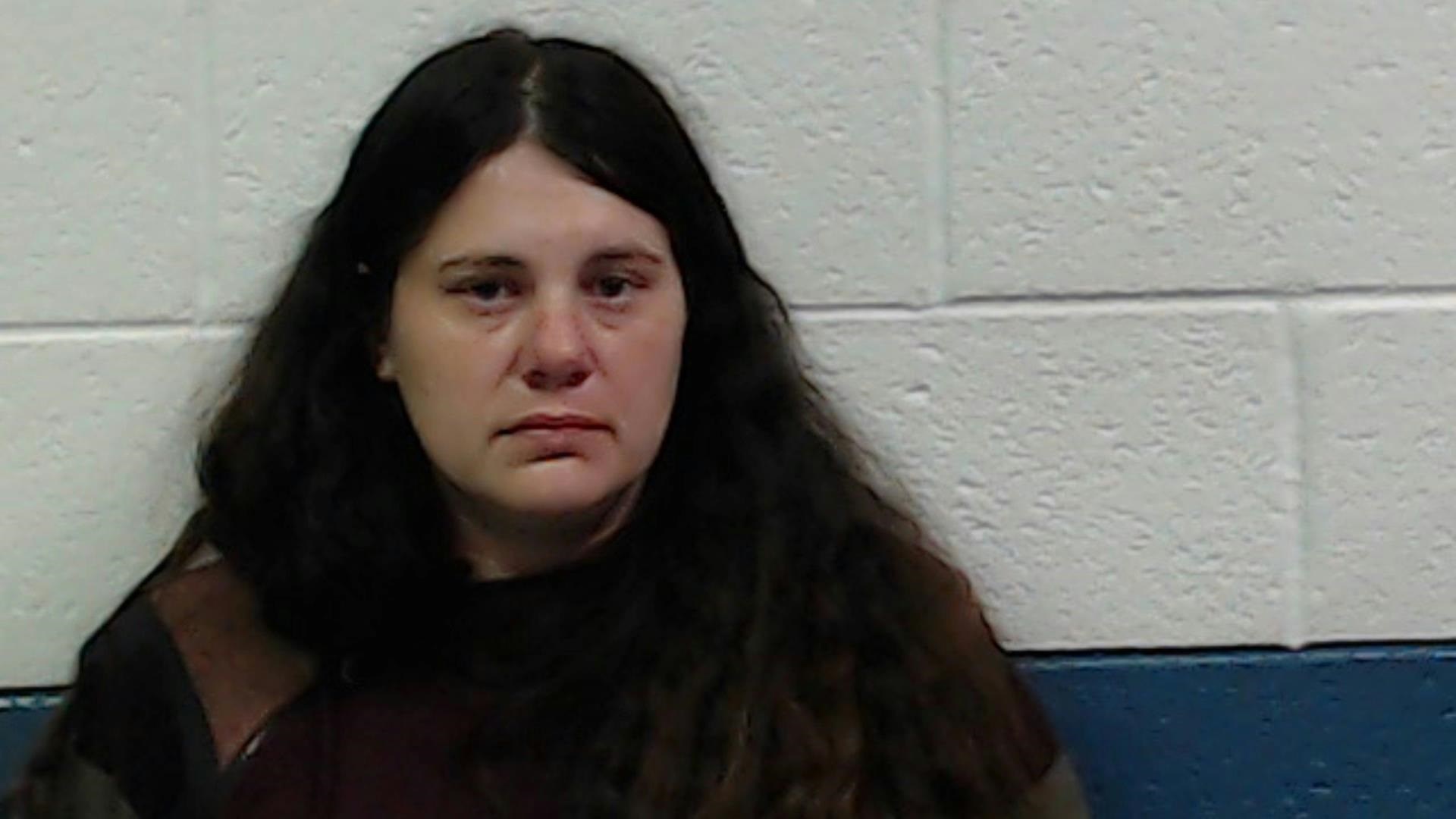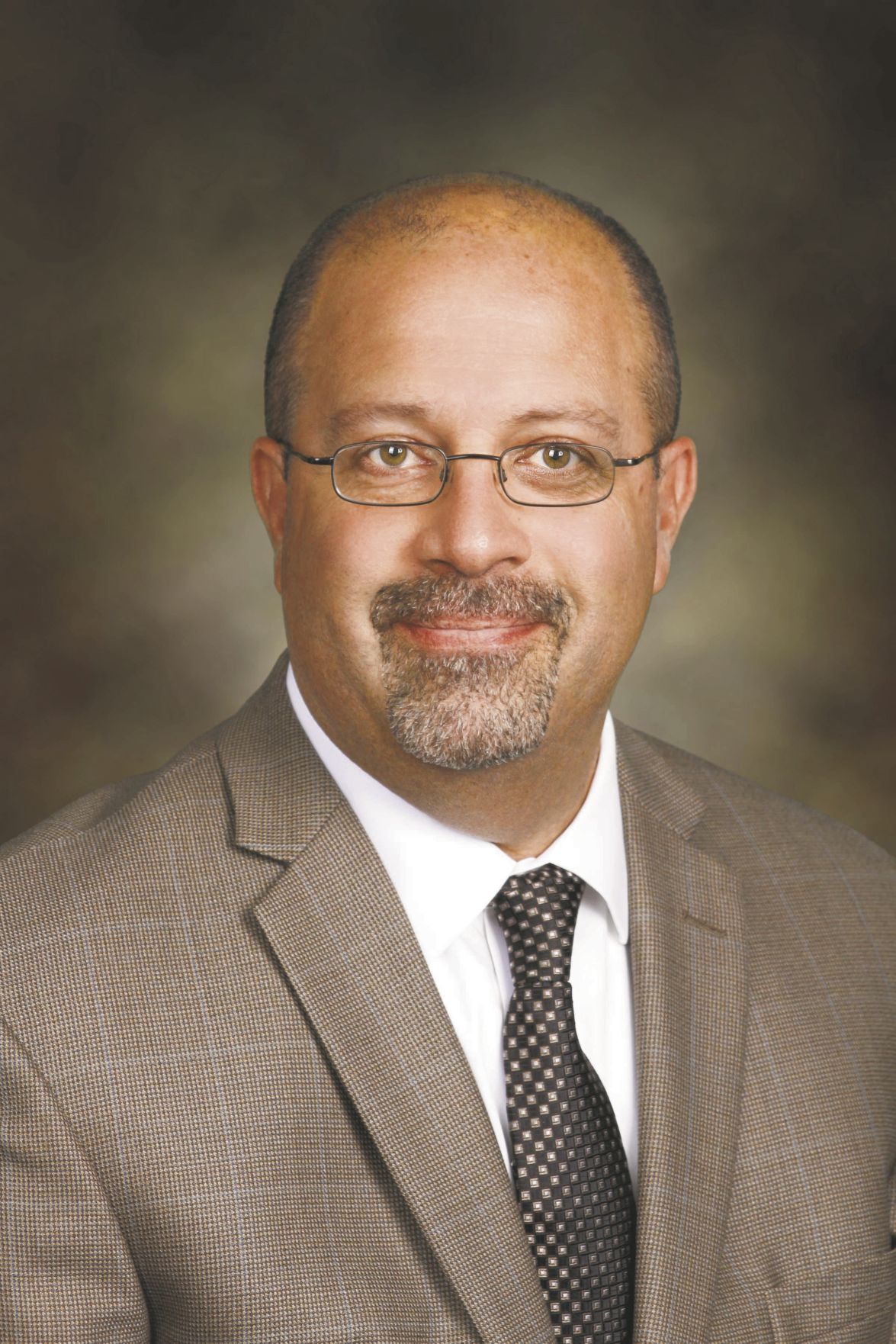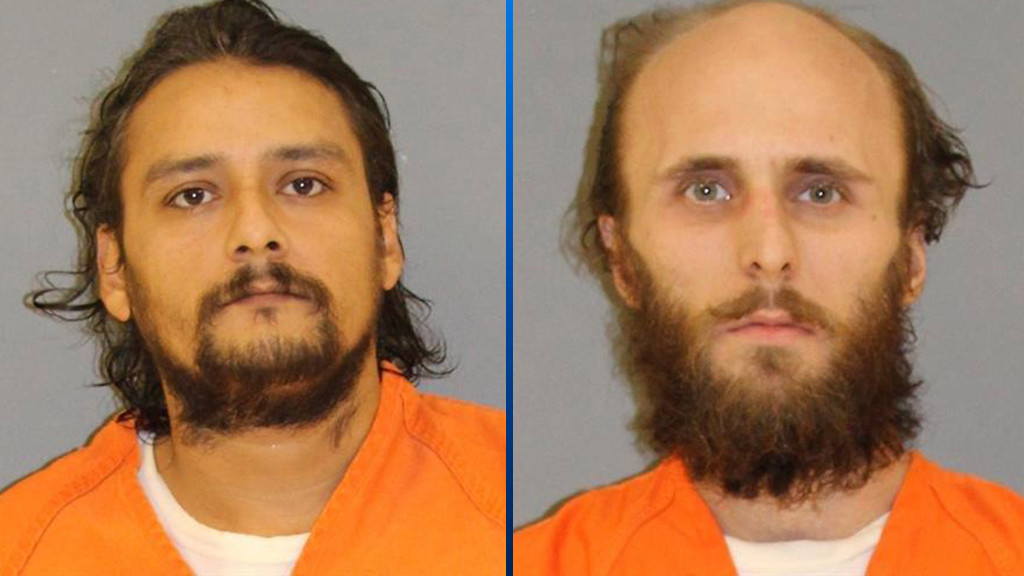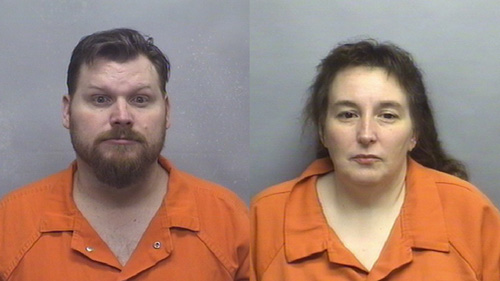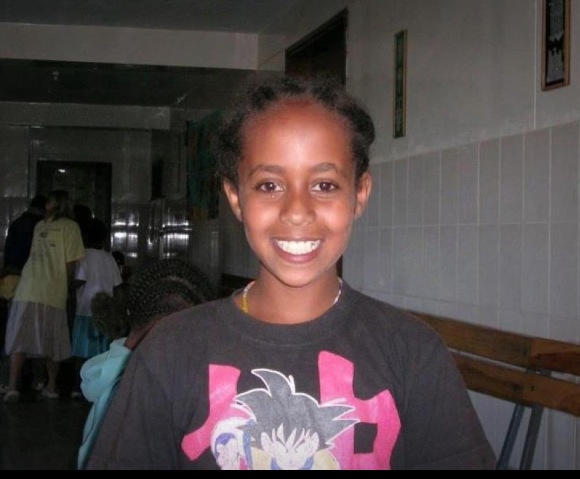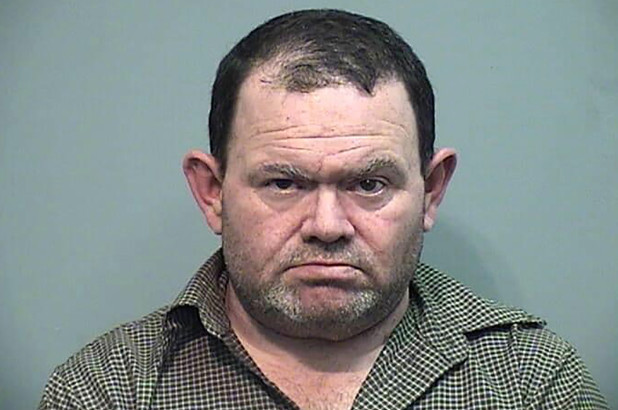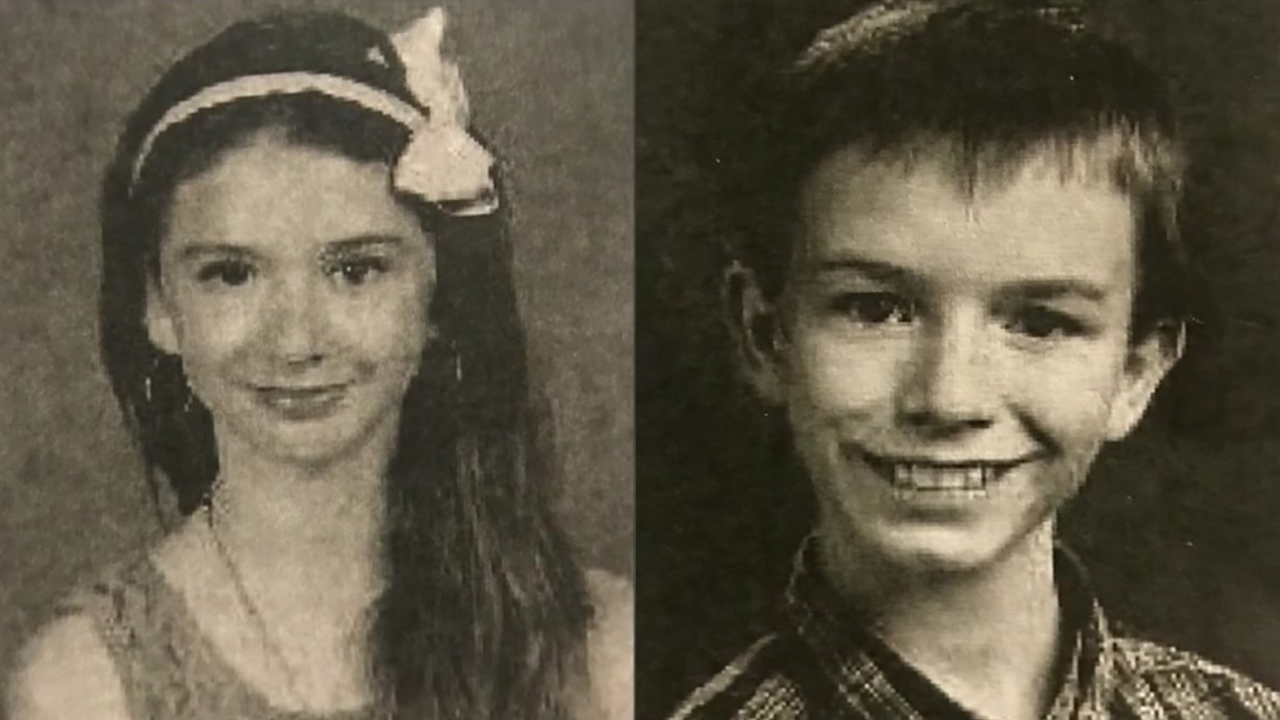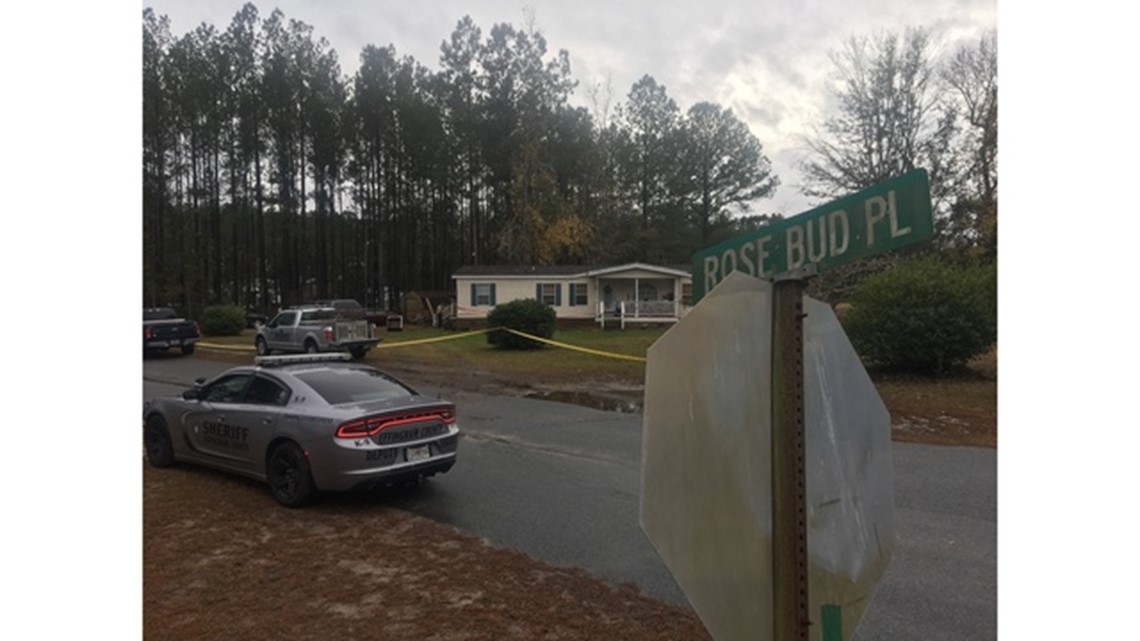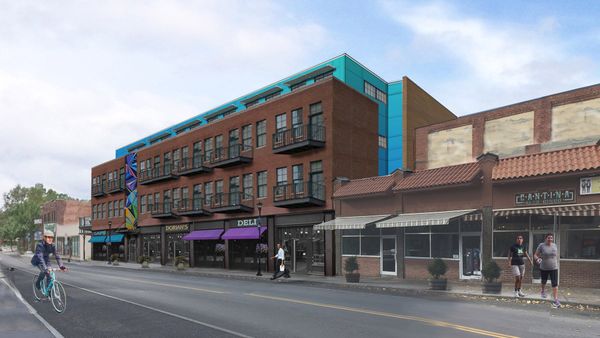Sometimes in Deaf and Disability Culture, something serendipitous happens. Media is somehow, somewhere, amazingly accessible and in touch with your culture. Something that you were not expecting, that was not necessarily supposed to be accessible, and was created by seemingly able-bodied and hearing people for other able-bodied and hearing people, is amazingly accessible. Well I had that experience with Eminem’s video and song, Tone Deaf. Now, as a Deaf person, I take issue with the term tone deaf. It is one of those annoying phrases like blindsided. It comes from able-bodied culture and it is kind of pejorative to disability. Disabled people tend to not like those kinds of terms. It is not the biggest deal in the world but you will definitely get met with a heavy sigh and an eye roll, or the equivalent, if you use that terminology around us. But in this song, it actually is fitting. Eminem is rapping about not wanting to hear what I would describe as bullshit, or the kind of yammering on that people who are hearing tend to do sometimes. In the beginning of the video, a police officer is trying to yap at Em through a window, and Em says, “I can’t hear you. I’m tone deaf.” Trying to hear someone through a window is a thing that I can understand. That is not happening for me. I also can’t hear through walls, in case anyone was asking. Hearing people love to try to talk to you in situations where you absolutely are not going to be able to hear them. If they were signing? Well then yes, I could see that through the window. Hear? No. Now what is the superior language? But I digress.
The song starts out captioned immediately and shows Eminem sitting in the car with the windows rolled up, and he is using headphones (the type that would fit over my hearing aids and which I use to hear music) and he says to the police officer, “Yeah. I’m sorry. Huh? What did you say? I can’t hear you.” Now, normally, that might irk me, because hearing people love to pretend they are deaf when I tell them I am hard of hearing, or Deaf, or whatever. They love to say, “huh? what?” and laugh to themselves when a Deaf person tells them they are Deaf. That is the most irritating thing in the world and it is rude. If this is you, please don’t do this. With Em, and I am going to call him Em because he gets a Deaf Culture pass, and that is also easier to say and write, it is not annoying or offensive when he says “Huh? I can’t hear you”. It is funny. At least to me. It is relatable. It makes me think about when I am at a meeting at work and someone is going off on a tangent, using too many weird metaphors, or trying to obstruct the truth. Sign language has a hard time translating that stuff. My ASL interpreter will tell me, that person is going off the point, or, basically, that person is spouting bullshit. Because I will ask my interpreter (in ASL, of course): Do I really need to hear this? And when a trusted interpreter tells you, no, you don’t- you can tune it out until it starts making sense again. Hearing people love to say that I have “selective hearing”. I can hear if I wanted to. I just tune people out. No, I am Deaf. I can’t hear a lot of things unless I have access. If I am tuning you out, maybe it is because what your saying is not really important enough for me to waste my precious hearing resources on. Maybe I don’t need to strain my ears and try extra hard to read your lips right now, for obvious reasons.
Next, the video shows Em flipping off the cop who he cannot hear. He is not sorry he cannot hear. He is not embarrassed. He is being direct: he doesn’t care. Well that is liberating. For many Deaf people, we grew up trying to appease hearing people all the time, feeling bad that we cannot hear them, that we have trouble speaking, that we have to try to speak and hear. And it can be exhausting and difficult. Well, Em is saying (and signing-because flipping the bird is definitely used in ASL) what we all want to do at times: I can’t hear you, I have an ear inFUCKtion. Which is a play on words. The captioning on the video, which I did not have to turn on, it is built-in, clearly shows how this play on words works in a way I can understand. The captions highlight the FUCK. So you can see, oh yeah, he did not say FECT. He said FUCK. And right at that moment, he flipped the bird. Even more accessible. Now, I apologize for bad language, but what we are talking about is access, and that means being direct, clear, and to the point. No smoke and mirrors, no tangents, stating exactly what is going on- and this is what Em is saying. This is rap we are talking about.
The video continues with animated, built-into-the video captioning of everything Em is rapping. And the words bounce around, become an object, and otherwise illustrate the words that Em is saying creatively, and also accessibly. He even says, “cerebral palsy”. But it is not making fun of anyone. He just says it. It is kind of cool to just hear a disability mentioned, but not pejoratively. He also talks about psychiatric disability and medication. There are a lot of disability themes and probably more levels of analysis here to be done.
The other refreshing, liberating thing about this video is that often with disability, able-bodied and hearing people try to protect us from stuff. The kind of stuff that might be in a rap video. Well, I am a grown disabled adult and I like rap just like anyone else. In fact, I have loved rap since I was a kid. I was, after all, born in the 80s. But when I was growing up, TV did not always have captions and I certainly could not hear lyrics in any song without a lyric sheet, and hearing the radio is very hard for me. Sometimes CDs and tapes came with lyrics and I would be elated when that happened. Sometimes a music video on MTV would have captions. Otherwise, I just kind of had to try my best to hear the lyrics, or I just decided they didn’t matter and enjoyed the beat. A lot of music for me is about the beat. But I still want to know what the song is about. What are they saying? There is a story here. Especially with a rap song. And rap needs to be more accessible, even if it is talking about sex, drugs, using bad language, or whatever. Disabled people do not need to be protected from anything. We need access to all things.
Now, I use Rap Genius and other sites for lyrics. I have a whole set up to hear rap. I use a bluetooth speaker and Shazaam the song. Often, the Shazaam app has a lyrics option to hit when the song comes up. It will display the lyrics in time to the beat, too. But not always. On Spotify, there is a LiveLyrics option, which I am still learning about, which pops the lyrics up to a song you play. A bright orange bar flashes on the lyrics that are being sung at that exact moment, which is also accessible. Because music moves. Music has a beat. Tone Deaf really captures that. In fact, I think Tone Deaf has better CC than any CC that would be added after the fact by a captioner. The animators of the video did that. I would love to know if they realized how accessible to Deaf people they were being at the time. Perhaps it just happened that way.
Em goes on to rap the hook of the song: I can’t understand a word you say/I’m Tone Deaf/I think this way I prefer to stay. Rapping “this way I prefer to stay” is not how a hearing person would say it. A hearing person would say, “I prefer to stay this way.” But in ASL, you would sign, “this way I prefer to stay.”
Em is saying, he can’t hear you, he does not care that he can’t hear you, he prefers to be this way. As I might say, I am proud to be Deaf. I am Deaf and proud. Well, this video makes me think that maybe Eminem gets that. I feel like Em gets Deaf Culture, he has tapped into it, somehow this video happened.
Em is also known for using amazing ASL interpreters at his shows. Well that is one way, just one way of having access. Captions are highly important, too. ASL is not word for word translation of spoken language. It is a language in itself. So when someone interprets, they are signing the concepts and the ideas and things like that, not necessarily the words. So ASL is one way of translating what is going on to a Deaf person. But it is not going to necessarily pick up on Em’s plays on words like inFUCKtion. The captions are best for that, especially the type and style of captions used in this video. Captions are important for many people, not just Deaf people, but other disabled people, like autistic people. Captions are also often enjoyed and appreciated by hearing and able-bodied people, too. Everyone appreciates a little clarity.
I am interested to know other’s thoughts on Em’s song and if he does deserve a Deaf Culture pass. Because I might be wrong, but I think this is a Deaf Culture song. And rap itself is very Deaf Culture- it is loud, it is direct, it is often concise, it is to the point; for the most part rappers annunciate clearly and often are looking right at the camera in the video-and yes, they move their hands to the beat of the song, too. Deaf people like myself, well, we love loud (if there is sound involved), direct, concise and powerful. And yes, there are Deaf rappers who use sign to rap, and this also makes a lot of sense. Rap is about creating something with words, using lyrical play- well ASL can be that way, too. ASL creates worlds with the hands, illustrates concepts, and is very direct. I think that rap and Deaf Culture is a definite marriage- and we need more animated CC like we get in Tone Deaf.
